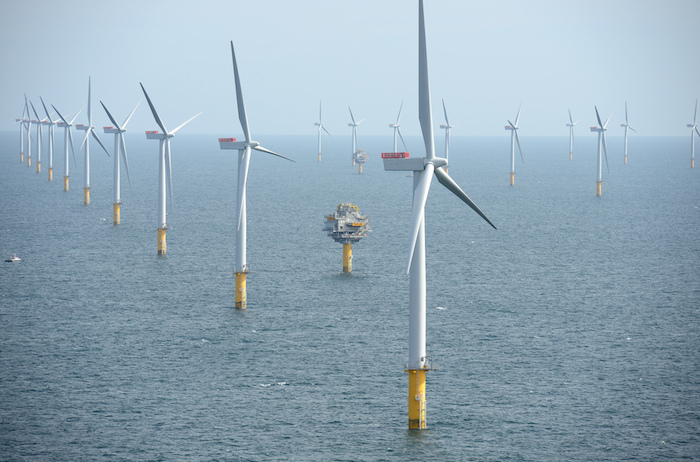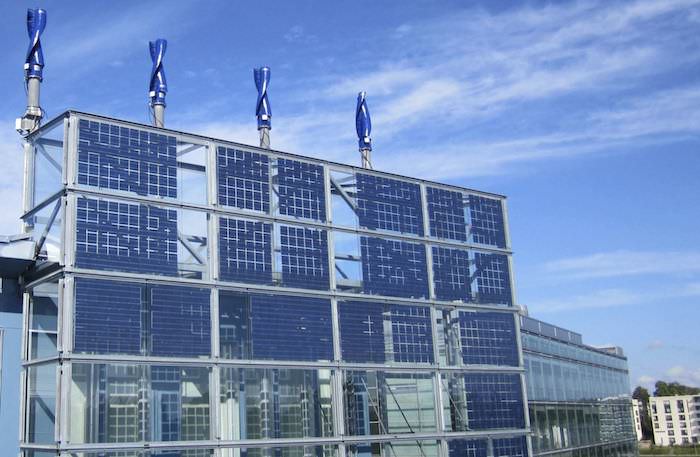I have been researching wind energy lately for a very interesting project. The more I have dug into it, the more interesting it has become. To be honest, couple weeks ago, if someone had asked anything about wind energy I wouldn’t have been able to even have a two-sided conversation. It’s amazing how much one can learn in just couple weeks with the right resource of information and by talking to right people.

The global power markets are huge. Annual sales reach $2.2 trillion and are expected to grow up to $17 trillion by 2035. While the world is struggling with pollution problems, the clean options have become more and more popular. Now it’s another question how green they actually are, but surely they are more environmental friendly than using fossil fuels, which now constitute almost 80% of the world’s energy consumption.
Despite counting for less than 1% of global energy, the markets for wind turbines in the future may look very positive. China is the global leader in terms of annual market and cumulative wind capacity. In 2013 new wind installations were up by 24.1% from 2012, with 16.1 GW of new capacity connected to the grid, bringing annual total capacity up to 91.4GW. Download the GWEC world annual report here.
It doesn’t really come as a surprise that China is eager to find clean solutions to cope with increasing pollution issues in the region. The Chinese government has been paying feed-in tariff premiums for grid companies at the end of every fiscal year, after which they were then paid out to operators. Feed-in tariffs consist of the difference between the wholesale price of electricity. The government raises the funds through a Renewable Surcharge, which is paid by all electricity consumers.
Challenges for the future
Despite the good efforts by governments to support the wind energy sector, there are still issues that remain unsolved. Wind energy creation is still relatively expensive and requires a lot of research and development in order to compete with price against fossil fuel based energy.
The efficiency and benefits between the two existing turbine technologies; horizontal axis wind turbine (HAWT) and vertical axis wind turbines (VAWT), are widely debated. Mike Barnard has written detailed comparison between the two technologies.
Most of the wind energy today is produced in wind farms, where a large number of turbines has been placed in areas where large populations are not in close proximity, such as offshore. HAWT technology has been widely utilized in wind farms as they carry larger capacity to generate energy. However the argument has been that the energy generated far from consumption requires grid and adds to the total cost.

VAWT technology has been traditionally placed in populated areas such as in the backyard of a house or on top of a high-rise building. VAWT tends to be less noisy and smaller in size, making it more suitable for urban use. The problems have been the lack of wind in populated areas and cost versus energy creation capacity for VAWT. Some say that the only use for VAWT is green marketing, making the owner look more environmental cautious.
Despite these challenges, the current wind energy market growth and government support make certain markets a lucrative business opportunity.
Further reading:
GWEC: http://www.gwec.net
Barnard on Wind: http://barnardonwind.com
Cleantechnica: http://cleantechnica.com
Wind Works: http://www.wind-works.org
